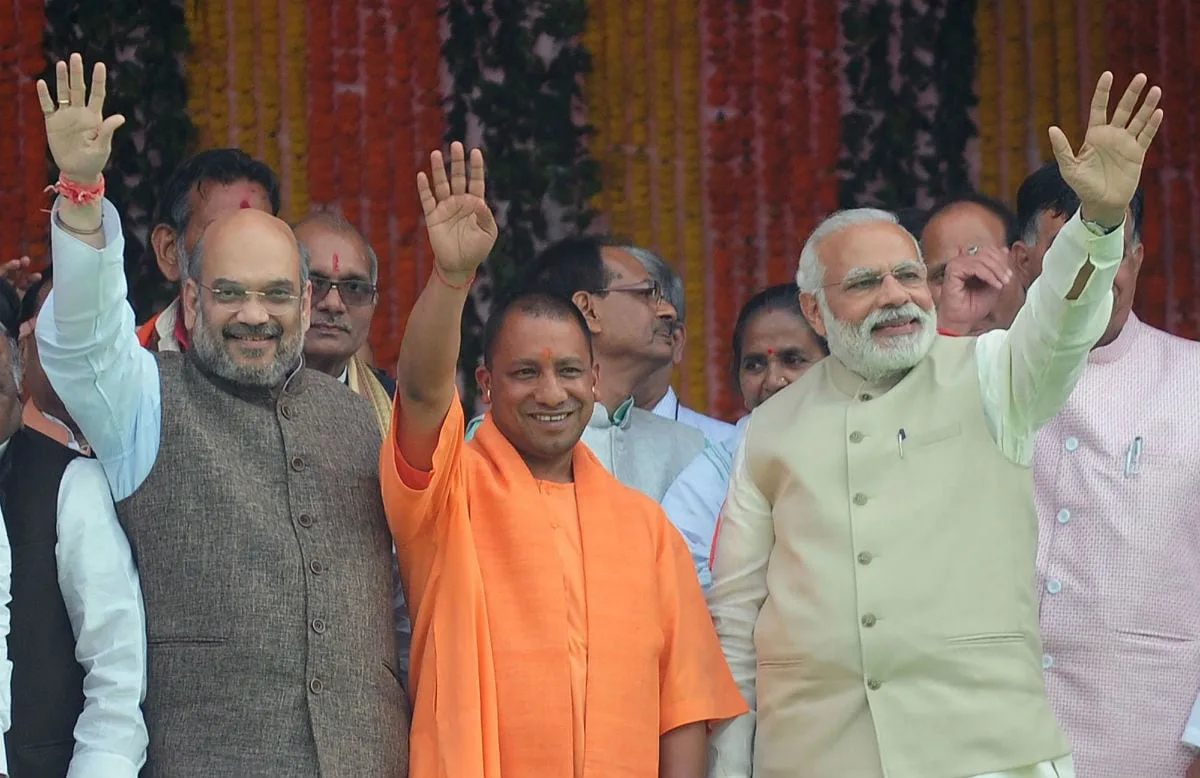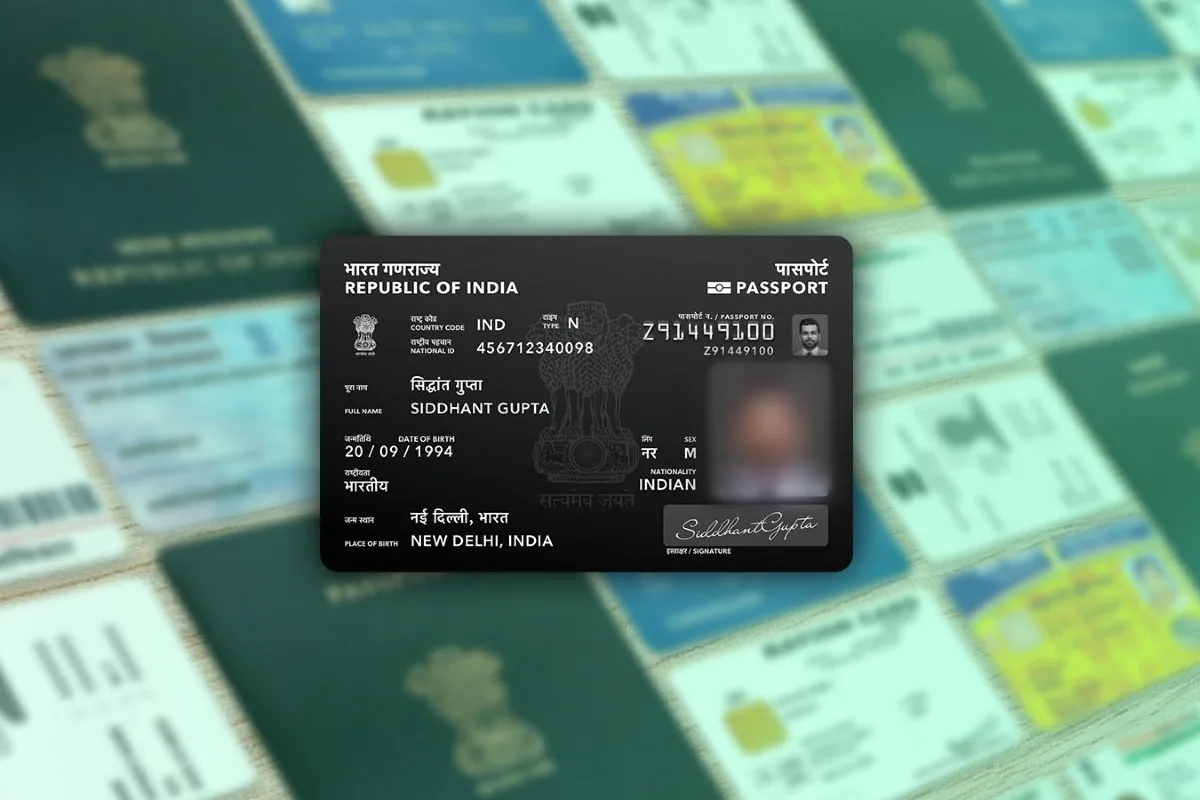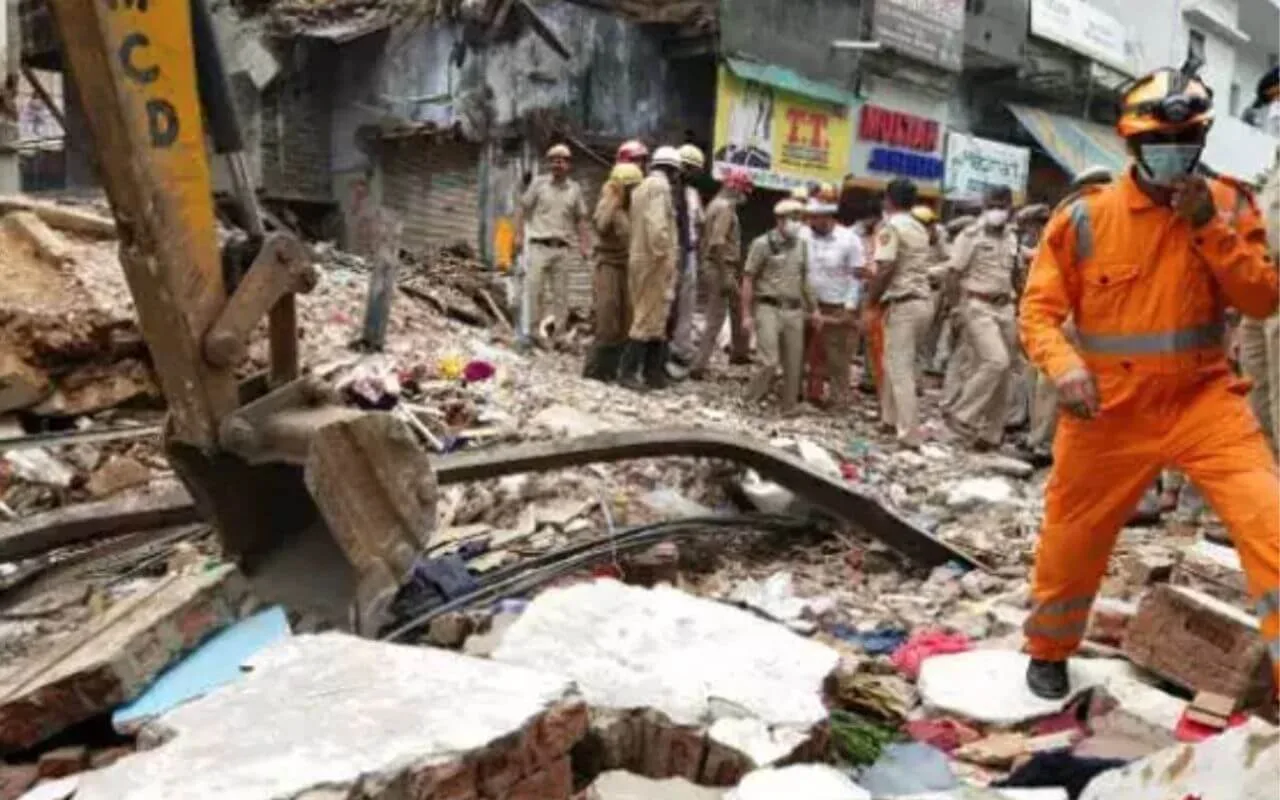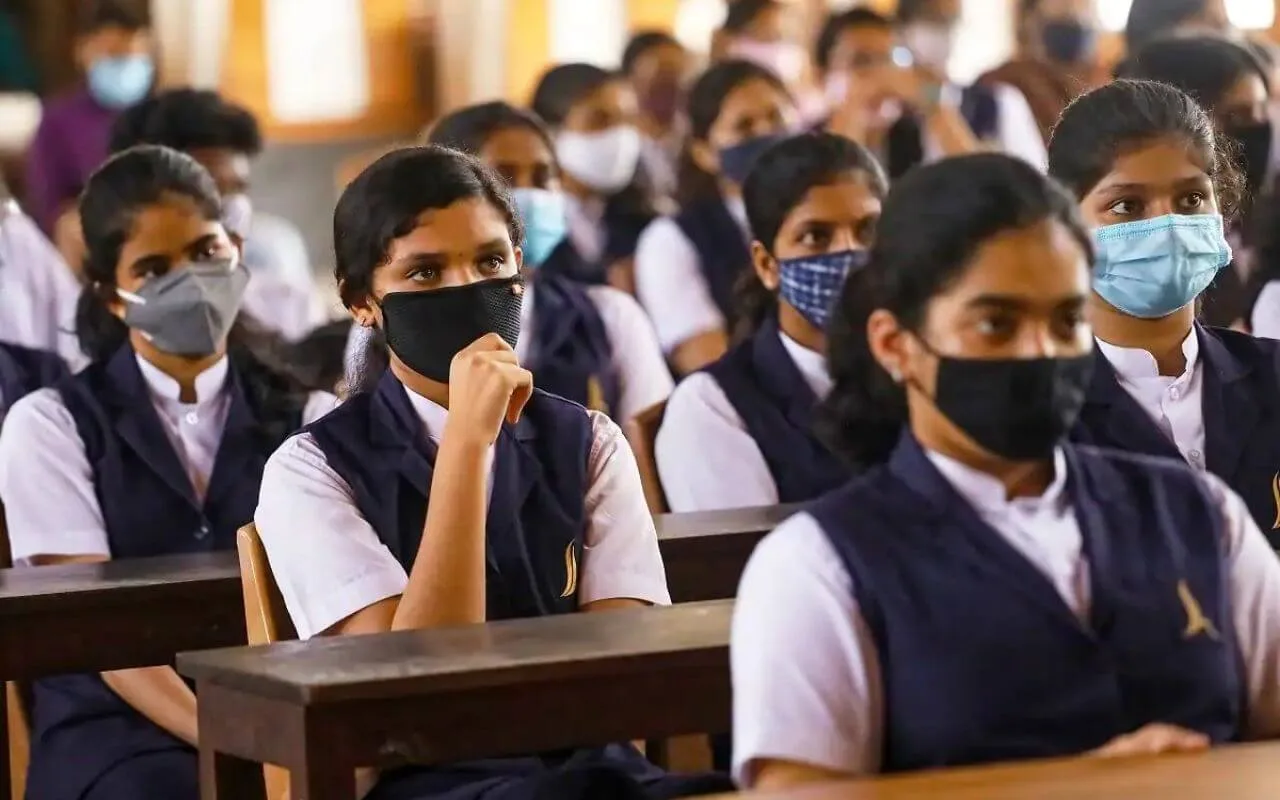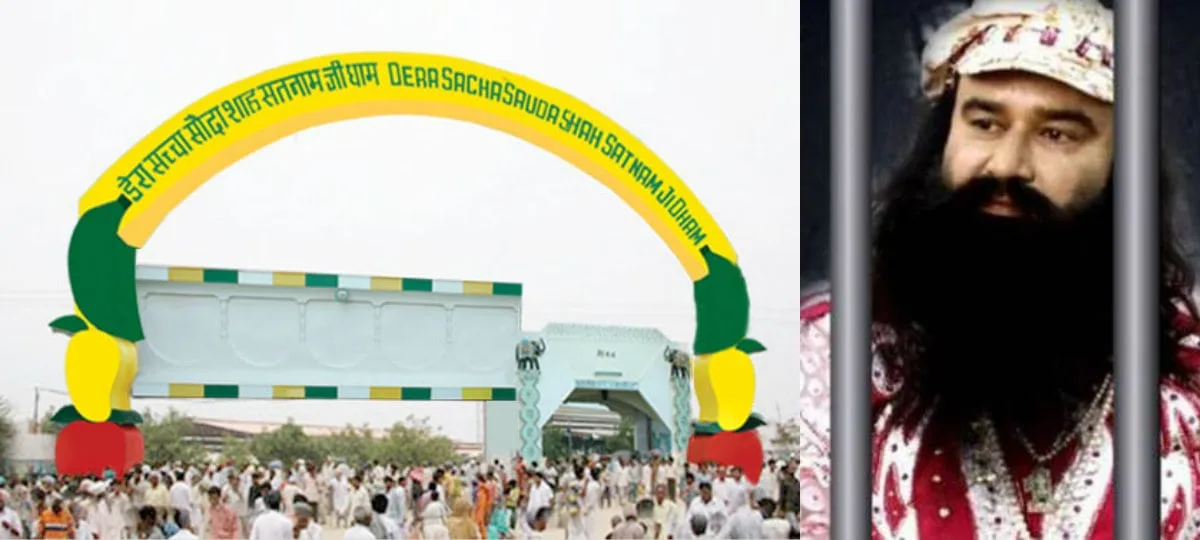This is the list of 50 most powerful Indians published by the Indian Express group and obviously topped by the most powerful person of the year, Honourable Prime Minister of India, Narendra Modi Ji. But the most surprising thing here is, Yogi Adityanath who just entered the list had managed to bag the position amongst top 10 most powerful Indians.
The list of top 50 most powerful Indians published by the Indian Express Groups claims that the first three positions of 2016 have been retained by the earlier toppers — Prime Minister Narendra Modi at No. 1, BJP president Amit Shah on No. 2 and RSS sarsanghchalak Mohan Bhagwat on the third position — but with a difference. Take a look at The Indian Express power list of 2016-17 not just to see who are the most powerful 100 in this country of a billion plus. Look at it, also, to get a sense of how, over the past year, power has changed hands — and how power itself has changed.
The power does not remain with anyone for a long time and similar things happened here in this case too. Many powerful people have slipped down to the bottom of the list within just one years time while some new faces have come up and taken the top positions in this list. More than any other in recent times, the past year has framed and sharpened an absence in India’s liberal democratic imagination.
Liberal democracy in India has always seemed ill-trained in the art of separation that produces a check and balance on power and is also a way of fragmenting it. Democracy in India doesn’t ask itself the question, at least not often enough, and not with enough sophistication: What are the bases of different institutions? What are the different kinds of power?

The top three powerful people of the last year managed to pave their way to the top once more with Prime Minister Narendra Modi, BJP president Amit Shah, and RSS sarsanghchalak Mohan Bhagwat but with a difference. While Modi remains numero uno, Shah trades places with Bhagwat. The moving up of Shah, the stepping down of Bhagwat, if only by a rung each, speaks of an unfolding realignment within the Sangh Parivar — the dramatic electoral successes of the Modi-Shah election machine are helping them pull ahead of not just their opponents and rivals but also their friends.
The year 2015-2016 was when the political Opposition struck back at the BJP dominance established by its 282-seat triumph in 2014 first Arvind Kejriwal’s AAP routed the BJP in Delhi, then the Nitish Kumar-Lalu Prasad Mahagathbandhan trounced it in Bihar. It was also the year when the BJP’s political project seemed challenged by events and stories outside the political arena that snowballed, acquired power, became writ large — the murder of Mohammad Akhlaq in Dadri over rumours of beef in September 2015, the suicide of Dalit student Rohith Vemula at the Hyderabad University campus in January 2016. This was followed by the spreading protests against the arrest of students in JNU on charges of sedition, which also stoked a wide and vibrant debate on the meaning of nationalism.
There is a big fall of some of the top leaders like Mayawati who was in the 30th position had fallen down to 50 and Arvind Kejriwal slipped down to 33 positions right from the 8th position which is now taken by the YOGI Adityanath who is ruling the UP at present. Yet, in 2017, that agitation and those debates seem frayed and faded already. Their dramatis personae, like the fiery JNU student leaders, are no longer prominent on the stage. They have been relegated by the inevitable return to business-as-usual, yes, but also by the sound and spectacle of the BJP’s electoral victories, especially and most recently in Uttar Pradesh.
The Gandhis are another powerful personalities ruling over Indian politics for more than 6 decades have managed to maintain their positions with the very fractional move. Sonia and Rahul have just moved from 5 to 9 and from 9 to 10, respectively. But there is a settled stolid dullness to their ranking, especially when you contrast it with the blistering trajectory of Yogi Adityanath, a new entrant at No. 8, or Himanta Biswa Sarma who left the Congress to become powerful in the BJP, and who is also a new entry in the list, at 37. Nitish Kumar, who had seemed for a while last year to be the emerging rallying point for anti-BJP forces, has receded only from 12 to 13, but in his case, the rungs he hasn’t climbed are more telling.

According to the reports, all those who are on the list are there because of their brand names and office positions they are enjoying at the moment. But the rise in the list of Chief Justice Khehar, from 41 to 4, and the entry of Dipak Misra at 15 and Justice Lodha at 78, owes more to their institution (the judiciary) At a time when other checks and balances on concentrated executive power are waning. How these individuals act on their institutions, steer their course, will determine their ranking on next year’s list.
HERE IS THE LIST OF TOP 50 MOST POWERFUL INDIANS (CLICK NEXT PAGE AT BOTTOM)

